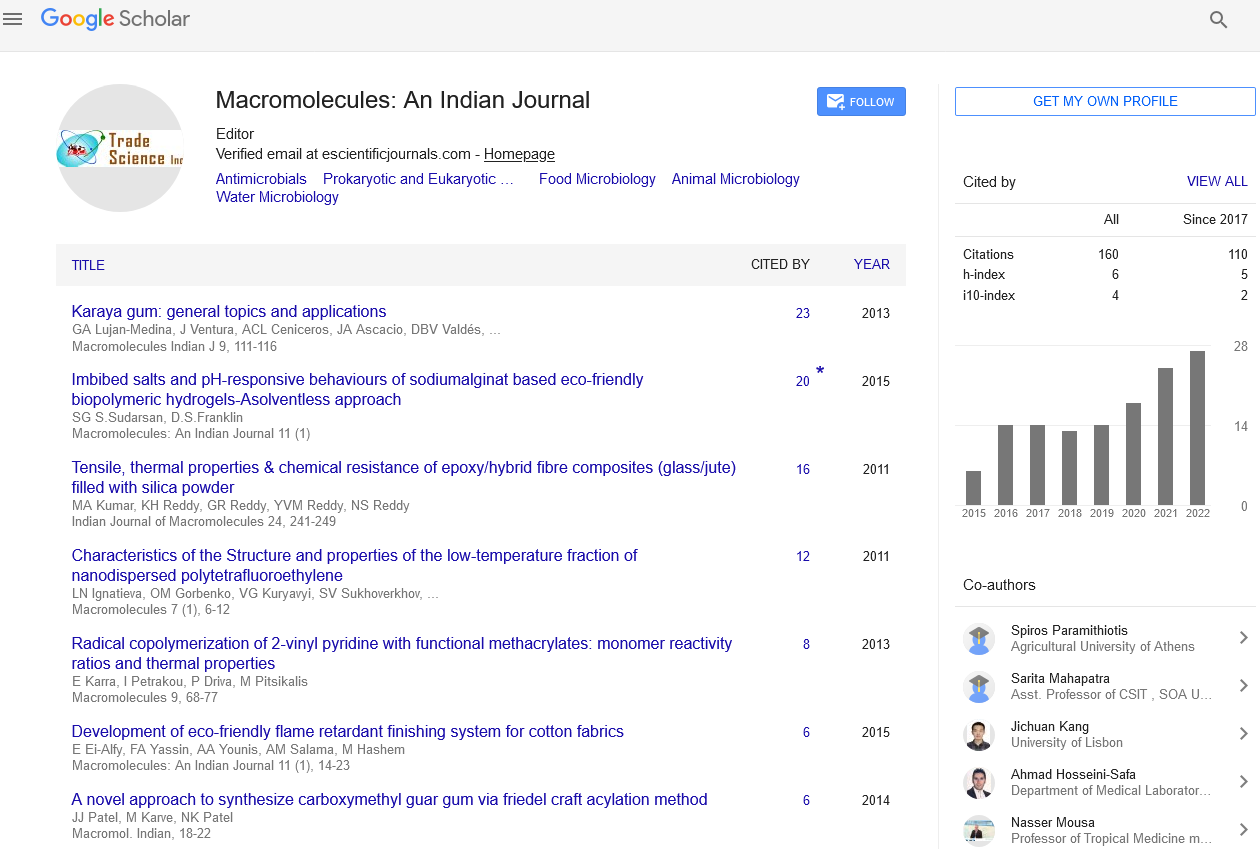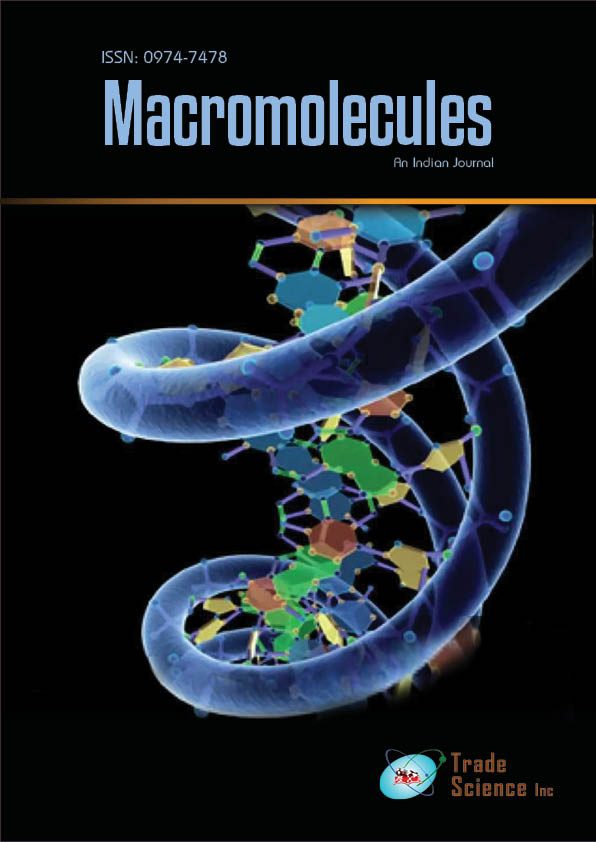Abstract
Recent developments in clay-containing polymeric nanocomposites: Clay characterization & high pressure dilatometry
Author(s): L.A.UtrackiIn structural clay-containing polymeric nanocomposites (CPNC) ca. 2 – 5 wt% clay is dispersed in polymer matrix: thermoplastic, thermoset or elastomeric. Since most clay/polymer systems are antagonistically immiscible, in analogy to immiscible polymer blends a two-step compatibilization is required: (1) intercalation transforming clay into organoclay and (2) addition of functional compatibilizer(s). The volume of these compatibilizing species usually is larger than that of clay itself. These additives affect the thermodynamic, rheology and other performance characteristics of CPNC. Since the system is immiscible, i.e., sensitive to stresses during compounding and forming, the reproducibility of behavior may be a problem. Furthermore, fromthe chemical and physical points of viewthe natural and synthetic clays are complex. The purified natural clay may contain 2-5 wt% contaminants (humic derivatives, quartz, gypsum, dolomite, and otherminerals), whereas the synthetic onesmay bemixtures of different crystallographic forms (e.g., lamellar and needle-like). Crystalline clays, natural or not, have polydispersed platelets shapes and sizes.Accordingly, characterization of CPNCshould startwith that of a clay, its platelet size, their inherent dispersibility (absence of interlamellar crystalline welding) and presence of contaminants. CPNC are being characterized by the rheological methods in the solid andmolten state. Theirmechanical, barrier, dielectric and other properties are determined following the standard methods. However, the use of the high pressure dilatometry (HPD) is rare, even when this is the simplest way for determining the free volume and the thermodynamic interaction parameters as well as the key thermodynamic and engineering quantities, e.g., the thermal expansion and compressibility coefficients. The HPD measurements are important, especially in viewof the kinetic nature of the transitions (vitrification, crystallization) that stretches into the non-equilibrium melt.An overview of the method and results obtained for CPNC with amorphous or semi-crystalline polymericmatrices are described.

